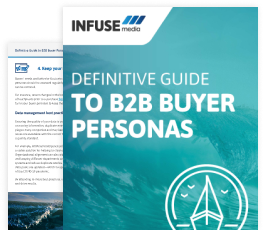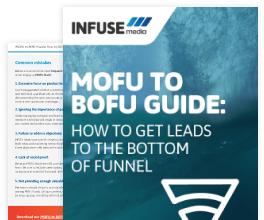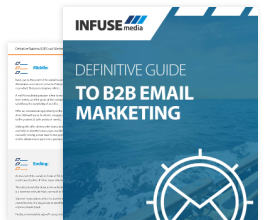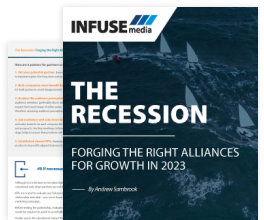The first three steps of quality lead generation include identifying and segmenting your target market, creating a detailed Ideal Client Profile (ICP), and setting clear objectives for your lead generation campaign. Determining these factors will ultimately facilitate campaigns and result in a higher Return On Investment (ROI).
Defining your target audience is essential to ensure positive outcomes and avoid wasting resources. The process can be broken down into the following steps:
Start by identifying the problems that your product or service resolves—not only will this stand as a guide for your messaging, but also for the industries you will focus on.
For example, in the case of a SaaS company offering marketing analytics and data automation software, the core of their messaging is that their solutions provide quick access to data analysis to allow for better-informed decision-making. The SaaS company would be able to target a much wider range of industries due to the nature of its product.
Next, look for companies within your segment that would fit your product or service well and identify key target stakeholders. Ideally, this should include both members of the buying committee with more decision-making power, as well as influencers who can impact the process.
For example, the same SaaS company would look to connect with decision makers, such as CMOs, as well as influencers, like mid-level marketing executives, to engage the majority of the buying committee at target accounts.
Finally, leverage your existing client base to help identify or refine your ICP, along with industry segments and key messaging you can use while defining your target market for these new lead generation campaigns.





















